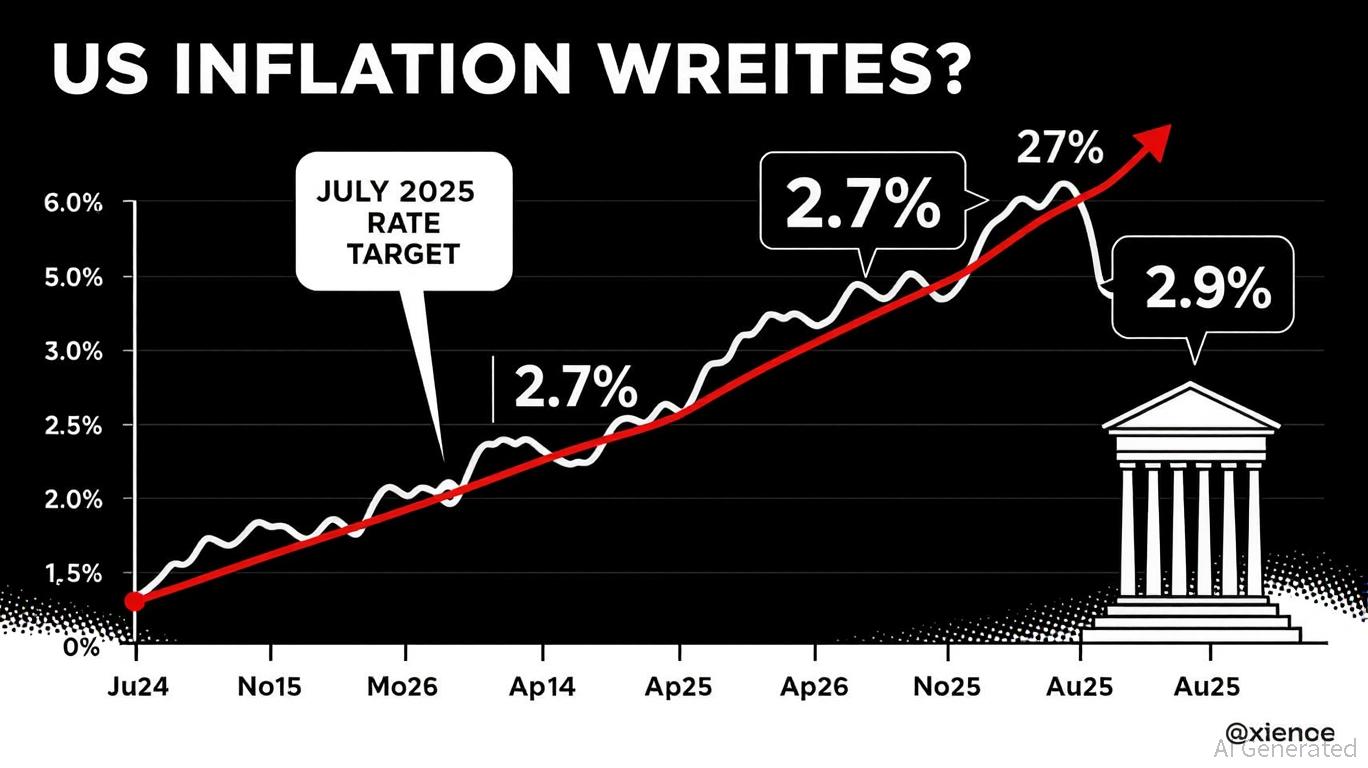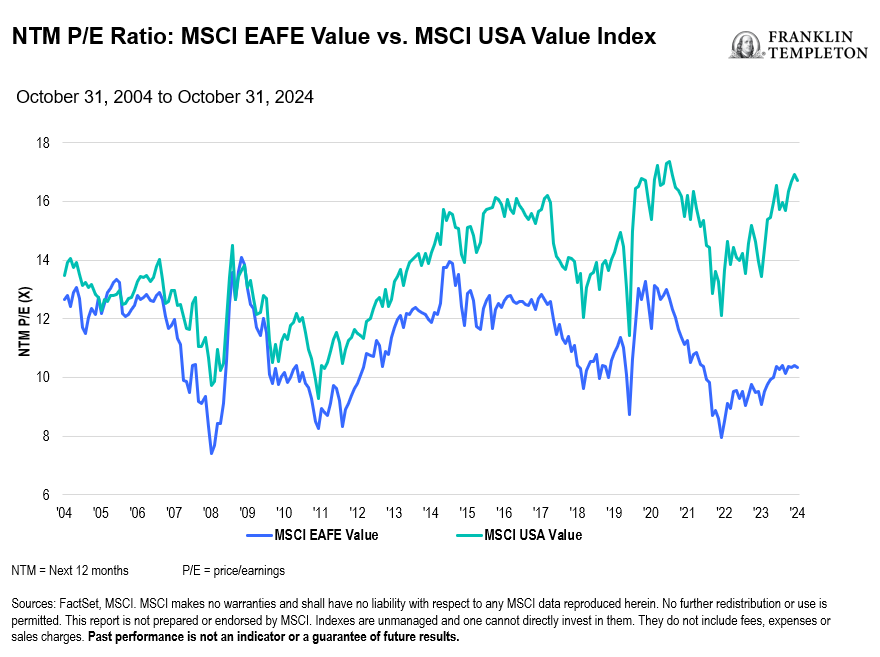The Federal Reserve continues to be the central player in the United States’ battle with inflation. Since the pandemic-era disruptions, inflation has remained a major concern for policymakers, businesses, and households alike. Entering 2025, the Federal Reserve’s strategy has become more complex, balancing between curbing inflation and sustaining economic growth. To understand how the Fed is shaping inflation trends this year, it’s essential to look at its policies, market reactions, and the broader economic landscape.
The Fed’s Mandate and Inflation Control
The Federal Reserve operates under a dual mandate: promoting maximum employment and ensuring price stability. Inflation, when it runs too high, erodes purchasing power and disrupts household budgets. When it is too low, it signals weak demand and economic stagnation. The Fed aims for an inflation rate of around 2% annually, a level believed to balance growth with stability.
In 2025, inflation is still above this target but has come down significantly from the peaks seen in 2022. The Fed’s policies—primarily interest rate hikes and balance sheet adjustments—are designed to gradually steer inflation downward without triggering a deep recession.
Interest Rate Policy in 2025
The most powerful tool the Federal Reserve has is the federal funds rate, which influences borrowing costs across the economy. Between 2022 and 2023, the Fed aggressively raised rates to combat surging inflation, pushing mortgage rates, credit card interest, and business loans higher.
By early 2025, the Fed has signaled a cautious stance. While inflation has eased, it is not yet fully tamed. Rates remain elevated compared to pre-pandemic levels, and the Fed is wary of cutting too soon. A premature rate cut could reignite inflationary pressures, especially as consumer demand remains resilient and wages continue to grow.
Thus, the Fed is adopting a “wait-and-see” approach—keeping rates steady for now but remaining open to adjustments depending on inflation and employment data.
Balance Sheet Reductions and Quantitative Tightening
Beyond interest rates, the Fed is also influencing inflation through its balance sheet policies. During the pandemic, the Fed purchased trillions in Treasury securities and mortgage-backed securities, a process known as quantitative easing (QE). This injected liquidity into the economy, lowering borrowing costs but also fueling inflationary pressures.
Now, in 2025, the Fed is continuing its program of quantitative tightening (QT). By allowing securities to mature without reinvestment, the Fed is reducing the size of its balance sheet. This effectively drains liquidity from the financial system, tightening credit conditions and helping to cool demand—key steps in reducing inflation.
The Labor Market’s Role in Inflation
The U.S. labor market has remained surprisingly resilient throughout the Fed’s tightening cycle. Unemployment is relatively low, and wage growth, though moderating, is still strong in many sectors. This creates a challenge for the Fed: rising wages support consumer spending power but can also contribute to inflation if businesses pass on higher labor costs through price increases.
In 2025, the Fed is paying close attention to labor market dynamics. The balance it seeks is one where wage growth supports households but does not fuel a wage-price spiral that reignites inflation.
Global Pressures and Supply Chain Shifts
Inflation is not driven only by domestic policy. Global supply chains, energy prices, and geopolitical tensions also play a role. In recent years, supply chain disruptions pushed prices higher across multiple industries. Now, with supply chains stabilizing, inflationary pressure from this front has eased.
However, new risks persist. Geopolitical tensions in energy-producing regions could spike oil and gas prices, directly feeding into inflation. The Fed has no direct control over these external shocks, but its policy responses—whether through rates or forward guidance—help anchor inflation expectations among businesses and consumers.
Market Expectations and Consumer Confidence
An often-overlooked aspect of the Fed’s influence is its ability to shape expectations. Inflation expectations play a critical role in actual inflation outcomes. If households and businesses believe inflation will remain high, they adjust behaviors—workers demand higher wages, and businesses raise prices.
The Fed works hard to manage these expectations through communication. Every statement, press conference, and economic projection is carefully watched by investors and the public. In 2025, clear communication from the Fed has helped prevent panic and has anchored inflation expectations closer to the 2–3% range.
The Fed’s Dilemma: Inflation vs. Growth
The Fed faces a persistent dilemma in 2025: tightening policy too much risks slowing the economy into a recession, while loosening too soon risks reigniting inflation. The U.S. economy continues to show resilience, with moderate GDP growth, strong consumer spending, and healthy job creation. However, pockets of stress exist, particularly in housing markets and credit-sensitive industries.
Thus, the Fed is walking a fine line. Its current approach is to maintain elevated rates until there is clear evidence that inflation is firmly under control, even if that means slower economic growth in the short term.
The Outlook for 2025 and Beyond
Looking ahead, the trajectory of U.S. inflation will depend on several key factors:
- Whether consumer demand remains strong despite higher borrowing costs.
- How wages evolve in relation to productivity.
- The stability of global energy and commodity prices.
- The Fed’s willingness to pivot if economic conditions change abruptly.
Many economists believe inflation will continue to gradually decline throughout 2025, moving closer to the Fed’s 2% target by late 2025 or early 2026. If this happens, the Fed may begin to cautiously lower interest rates, supporting economic growth without risking runaway inflation.
Conclusion
The Federal Reserve is playing a decisive role in shaping U.S. inflation trends in 2025. Through its interest rate policies, balance sheet reductions, and strong communication strategies, the Fed has already helped bring inflation down from its historic highs. Yet the battle is not fully won. With wage growth, consumer demand, and global risks still in play, the Fed’s challenge is to maintain balance—ensuring that inflation trends downward while preserving the strength of the U.S. economy.




